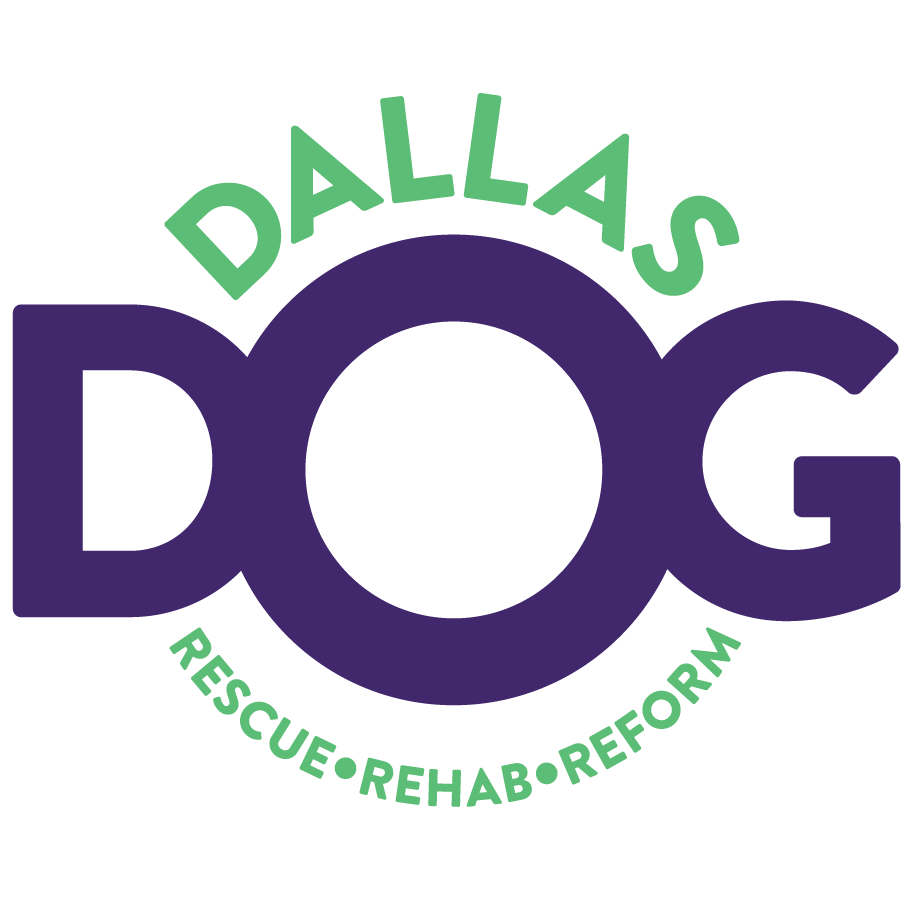Fearfullness & Confidence Building
Fearfulness in dogs can stem from various sources, including past trauma, lack of socialization, or unfamiliar environments. Addressing fear and helping dogs build confidence is essential for their emotional well-being and helps them live a happier, more balanced life. Confidence-building exercises not only reduce fearful behaviors but also improve your dog’s ability to handle new situations and environments.

Fearfulness in dogs can stem from various sources, including past trauma, lack of socialization, or unfamiliar environments. Addressing fear and helping dogs build confidence is essential for their emotional well-being and helps them live a happier, more balanced life. Confidence-building exercises not only reduce fearful behaviors but also improve your dog’s ability to handle new situations and environments.
Why Is Building Confidence Important for Your Dog?
1. Reducing Anxiety and Fear
Fearful dogs are more likely to experience anxiety and react negatively in new situations or environments. Confidence-building exercises help dogs feel more secure in their surroundings and reduce anxiety-driven behaviors, such as excessive barking, hiding, or destructive actions.
2. Preventing Aggressive Behaviors
Fear often triggers defensive or aggressive behaviors. By building confidence, you can help your dog become more relaxed and less likely to react aggressively when faced with unfamiliar people, animals, or situations.
3. Socialization and Learning
A confident dog is more likely to be open to new experiences, people, and environments. This improves their socialization skills, making it easier for them to learn and adapt to new experiences.
4. Improved Bonding and Communication
Confidence-building activities often involve positive reinforcement and teamwork between you and your dog. This strengthens your bond and enhances your communication, making training and daily routines more effective.
Common Signs of Fearfulness in Dogs
• Cowering or hiding: Seeking comfort in isolated areas when scared.
• Tucked tail or body: Showing submissive or fearful body language.
• Excessive barking or growling: Reacting defensively to perceived threats.
• Lack of curiosity: Avoiding exploration or new experiences.
• Shaking or trembling: Physical signs of stress or fear.
• Reluctance to approach new people, animals, or objects.
How to Build Confidence in Your Dog
1. Positive Reinforcement
Reward-based training is key to building confidence. Offer treats, praise, and toys when your dog faces a new challenge or behaves calmly in a situation that usually causes them fear. This will help them associate new experiences with positive outcomes.
2. Gradual Exposure (Desensitization)
Start by exposing your dog to low levels of the trigger (e.g., a loud noise, new people, or unfamiliar environments) and gradually increase the intensity as they become more comfortable. This helps desensitize them to the fear and allows them to build tolerance over time.
3. Create a Safe Space
A designated safe space, like a crate or a quiet room, can help fearful dogs relax and retreat when they feel overwhelmed. This gives them a sense of security and control over their environment.
4. Socialization
Proper socialization is critical for building a dog’s confidence. Gradually introduce them to new people, dogs, and environments at their own pace. Reward calm behavior and allow your dog to explore without pressure.
5. Play and Mental Stimulation
Engage your dog in interactive play and provide mentally stimulating toys, puzzles, and activities. These exercises help your dog focus and build problem-solving skills, which can boost their confidence.
6. Training and Obedience
Basic obedience training (e.g., sit, stay, come) provides structure and consistency, which can help fearful dogs feel more secure. A dog that knows what is expected of them is more likely to behave confidently.
7. Use of Calming Products
Some dogs benefit from calming products, such as anxiety wraps, pheromone diffusers, or calming supplements. These can help soothe your dog in stressful situations and assist in their overall confidence-building process.
Activities to Build Confidence
• Interactive games: Play hide-and-seek, fetch, or tug-of-war to engage your dog’s mind and body. These activities encourage your dog to be more outgoing and self-assured.
• Obstacle courses: Set up a simple obstacle course at home or in the yard to encourage your dog to face new challenges. It helps them build confidence in their physical abilities and fosters problem-solving skills.
• Training classes: Participating in obedience or agility classes can provide your dog with structured experiences that increase their confidence in a controlled, positive environment.
• Exploration walks: Take your dog on walks to new places, gradually increasing the level of difficulty. Walks in unfamiliar places expose them to different sights, sounds, and smells, helping them become more confident.
• Food puzzles and toys: Provide toys that require problem-solving, such as puzzle feeders or treat-dispensing toys. These will stimulate your dog’s brain, improving their confidence in tackling challenges.
What to Avoid During Confidence Building
• Overwhelming your dog: Gradually introduce new situations. If your dog is pushed too fast or too hard, it can increase fear instead of reducing it.
• Punishment: Avoid punishment or negative reinforcement, as it can make fear and anxiety worse. Focus on positive methods to build confidence.
Building confidence in a fearful dog is a gradual but rewarding process. By using positive reinforcement, providing gradual exposure, and incorporating fun and engaging activities, you can help your dog become more comfortable and confident in their environment. With time, patience, and consistency, your dog can overcome their fears and become a more confident, relaxed companion.

